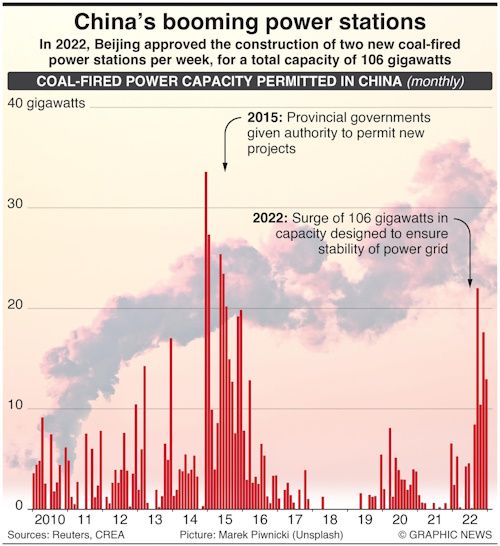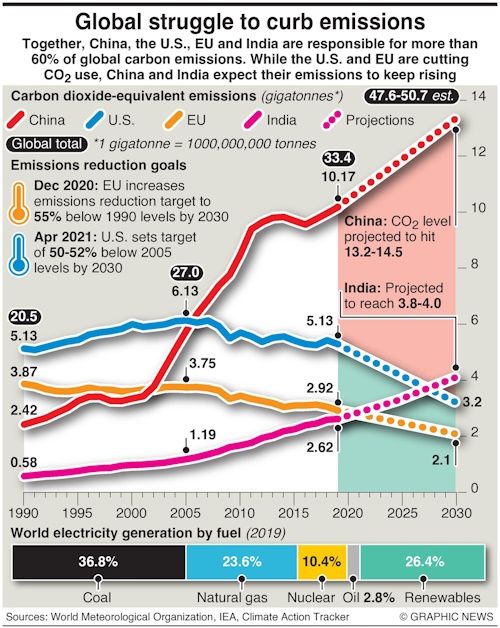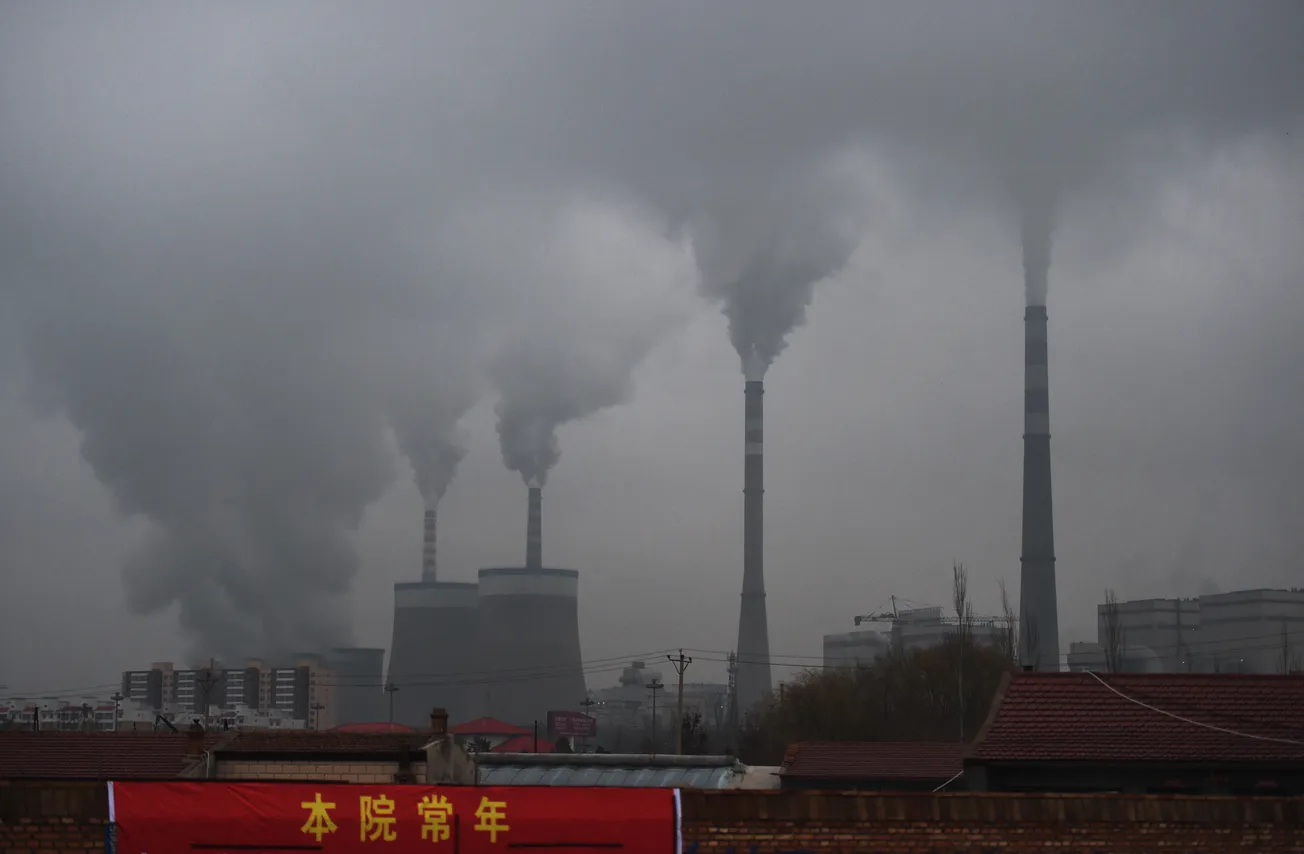- China is increasing its coal power capacity, contradicting its clean energy goals
- The expansion is driven by surging domestic energy demand and economic factors
- This contradicts government policies and poses challenges for achieving carbon neutrality
“Coal power continues to expand in China, despite the government’s pledges and goals. In the first half of 2023, construction was started on 37 gigawatts (GW) of new coal power capacity, 52 GW was permitted, while 41 GW of new projects were announced, and 8 GW of previously shelved projects were revived. Of the permitted projects, 10 GW of capacity has already moved to construction.” read the report published by the Centre for Research on Energy and Clean Air (CREA), a Helsinki-based independent non-profit think tank.
China, the world’s second most populated country, is the world’s largest electricity consumer. Annual consumption is estimated to be around 159.39 exajoules (in 2022). Despite accounting for about one-fourth of world consumption, China still cannot meet its energy demands.
Government Policy Vs. Ground Reality
Last year, the country faced an acute power crisis during the worst heatwave since records began in 1961. As demand for air condition soared, household consumption jumped 26.8 percent, according to the National Energy Administration. Draught-like conditions caused a drop in hydropower generation, exacerbating the situation. With the opening up of the economy after the extended Zero Covid policy, industrial demand also soared. Electricity shortage led to a temporary closure of factories and power cuts in large parts of the country, affecting global supply chains.
Since then, China seems to have renewed its thrust on coal-powered plants. In a bid to meet the heightened energy demands, in 2022, the country is said to have reached a peak of permitting two coal power plants per week. Disturbingly, the momentum has continued well into the first half of the current year.

China is the world’s largest coal producer. The country is also home to the largest number of coal-fired power stations. According to some estimates, China accounts for more than half of the world’s coal-generated electricity. There are over 1,100 operational coal power plants in the country. In comparison, India, the second-place holder, has less than 300 coal power plants.
The thrust on coal-fired power plants shows the apathy in enforcing government policies. Beijing’s current Five Year Plan for energy (2021–25) stipulates that the country’s coal consumption should start reducing from 2026. Coal power generation is to be systematically relegated to a supporting role in energy production, and the country is expected to move towards less polluting, renewable sources.
But the latest spate of permissions and commissioning shows a considerable inconsistency between government policy and ground reality. Lauri Myllyvirta, co-author of the report and Lead Analyst at CREA opines:
The coal power spree is a last-minute push by China’s coal industry to lock in capacity and emissions before China’s CO2 emissions are due to peak late this decade. This is happening even as clean energy installations are rapidly expanding. China is on track to start delivering all of electricity consumption growth from solar, wind, nuclear, and hydropower, leaving no space for power generation from coal to grow.
Coal currently makes up 56% of China’s energy mix. Since facing severe shortages in 2021, the Chinese government has encouraged miners to increase output. Coal companies are exploiting lower-quality coal reserves to meet the surging demand. Some are cutting back on processing often carried out to enhance the quality to meet government contracts on time.
Local Government Influence
The local governments are wielding their authority to issue permits for coal power plants to spur economic activity. The renewed focus on coal is primarily due to the rising domestic demand for power, residential and industrial. The massive jump in the cost of imported gas is seen as a justification for exploiting the domestic supply of coal.
Despite Beijing’s desire to become a leader in the clean energy sector, the country’s power grid is still heavily dependent on the fossil fuel. A shift to renewable fuels is gaining ground, but cannot keep up with the demand during peak usage. To effectively move away from coal-fired power plants calls for massive investments in electricity storage, transmission facilities, and other infrastructure.
Beijing has expressed optimism that its clean energy growth could overtake its total energy demand growth in 2024. It remains to be seen how China will reach peak emissions in the next couple of years and attain carbon neutrality by 2060 while coal continues to power the country.
Related Infographic

We could use your help. Support our independent journalism with your paid subscription to keep our mission going.









